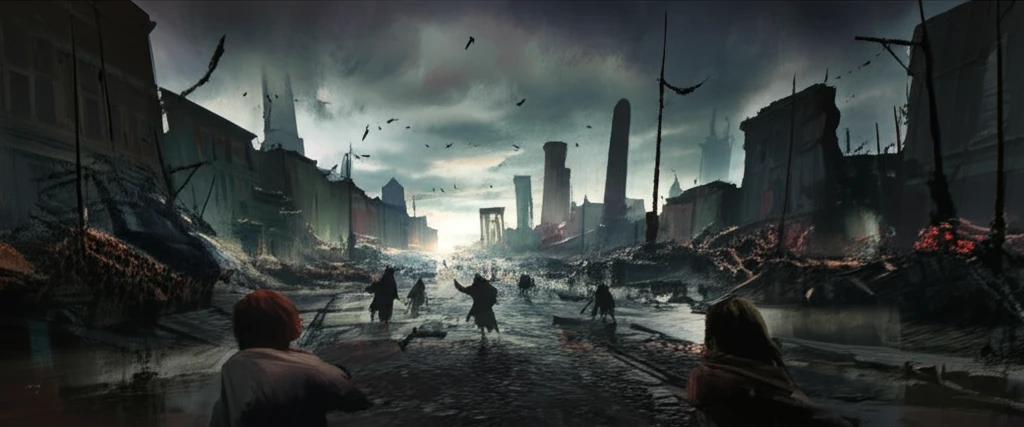
Unveiling the Dark Side of Ancient Rome: 6 Hazards That Made Life a Gamble
"Floods, Fires, Famines, and More: Discover the perilous realities faced by everyday Romans, challenging the glamorous image of the Empire."
When we picture ancient Rome, images of majestic structures, triumphal processions, and powerful emperors often come to mind. We envision a civilization of unparalleled artistry and advanced engineering. However, this glittering façade concealed a harsh reality for many of Rome's inhabitants. Life in the ancient city was a daily negotiation with a multitude of dangers.
Far from the idealized image, Rome was a teeming metropolis rife with hazards that threatened the lives and well-being of its citizens. From the squalor of overcrowded tenements to the constant threat of fire and disease, the average Roman faced challenges that would be unimaginable to most modern city dwellers. Wealth offered some protection, but even the elite were not entirely immune to the city's perils.
This article will explore the six major hazards that shaped the lives of ancient Romans: floods, fires, famines, footpads (street crime), filth, and fevers (disease). By understanding these challenges, we gain a more complete and realistic picture of what it truly meant to live in the heart of the Roman Empire.
What Were the Everyday Dangers Lurking in Ancient Rome?

The Tiber River, while vital for trade and transportation, was also a constant threat to the city. Ancient Rome was built on a floodplain, making it highly susceptible to flooding. The combination of heavy rains, melting snow from the Apennine Mountains, and poor drainage systems frequently caused the river to overflow its banks, inundating low-lying areas of the city.
- Seasonality: Floods were most common during the winter and spring months.
- Duration: Minor floods lasted a few days, while major ones could persist for a week or more.
- Frequency: Severe floods occurred roughly every twenty years, with minor ones every five years.
- Magnitude: The river would rise several meters above its normal level, inundating large portions of the city.
A City of Wonders and Perils
Ancient Rome, with all its grandeur and innovation, was a city of stark contrasts. While it offered unparalleled opportunities for those seeking wealth and power, it also presented a constant struggle for survival. Understanding the hazards faced by its inhabitants allows us to appreciate the resilience and adaptability of the Roman people and to gain a more complete understanding of this fascinating civilization.
